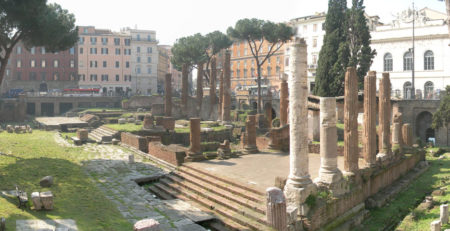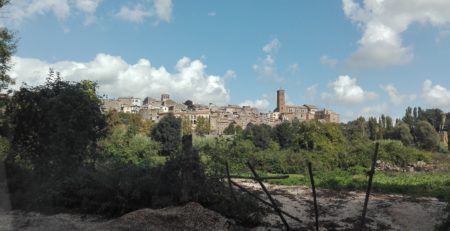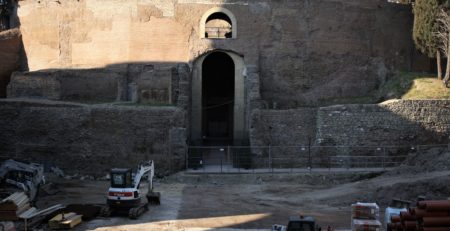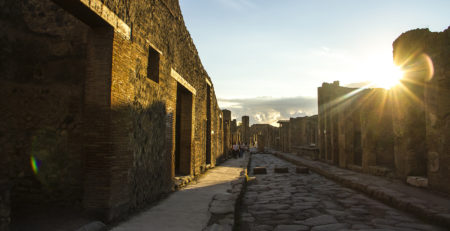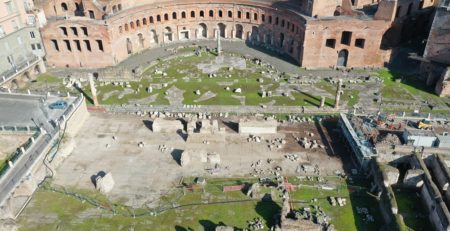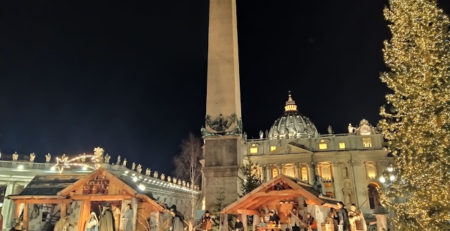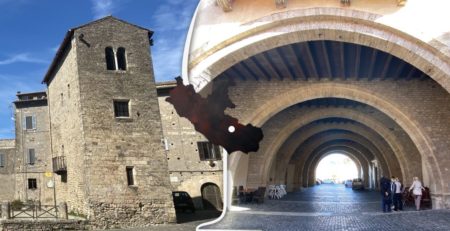Roman Baths
Roman Baths
Most Romans visited the public bath house on a daily basis. Bath houses were set up like the spas or health clubs of today, and a trip to the bath house was a social occasion.
Would you like a book with your bath?
They were more than baths, Romans could exercise, meet friends, walk in the gardens and borrow books from the bath house library.
How did the Romans keep clean?
Washing and keeping clean was an important part of the daily routine for the Romans. Roman public bath houses were common in Roman towns all across the Roman Empire and many rich Romans also had baths in their own villas.
Bath houses (thermae) were more like today’s health spas, because they allowed the Romans to socialise.
Daily bathing
Most Roman men and women would visit the bath houses daily. Women usually went early in the day (when the men were at work) and the men usually went after work.
The Romans tended to follow a set routine when they went to a bath house.
First they would get changed and oil their bodies. Male bathers would then go and do some exercise (such as weight-lifting, running, wrestling, ball games or swimming).
Romans didn’t have soap:
After exercise, the dirt and oil would be scraped off their bodies using a tool called strigil, and the bathing would begin. The Romans often started in the tepidarium (a warm room), then moved onto the caldarium (a very hot pool), before finishing in the frigidarium (the cold room).
After bathing, the Romans often went for a walk in the bath house gardens, enjoyed some food from the snack bar, or read a book in the on-site library.
Bath houses were designed to be pleasant places to spend time. They had mosaics, paintings, high ceilings and they allowed in a lot of natural light.
How were the baths heated?
The hypocaust was a heating system designed by the Romans. The floors of the bath house rooms were built on pillars, leaving a space below the floor and inside the walls. This space was filled with hot air from a furnace (called a praefurnium) and heated the room. The temperature could be increased by adding more fuel to the fire. In the hottest rooms of a Roman bath house, bathers had to wear special sandals to protect their feet from the hot floor-tiles.
Rome has beautiful baths worth visiting, as well as the baths at the ancient Roman port of Ostia, one hour outside of Rome.






